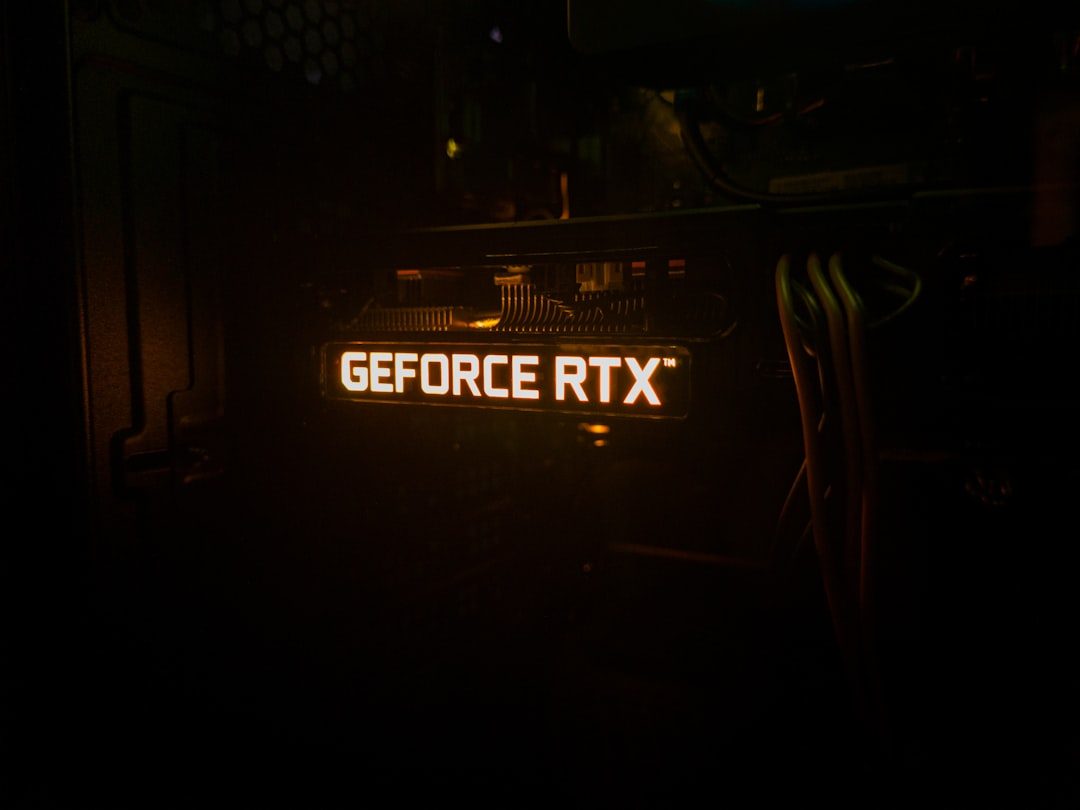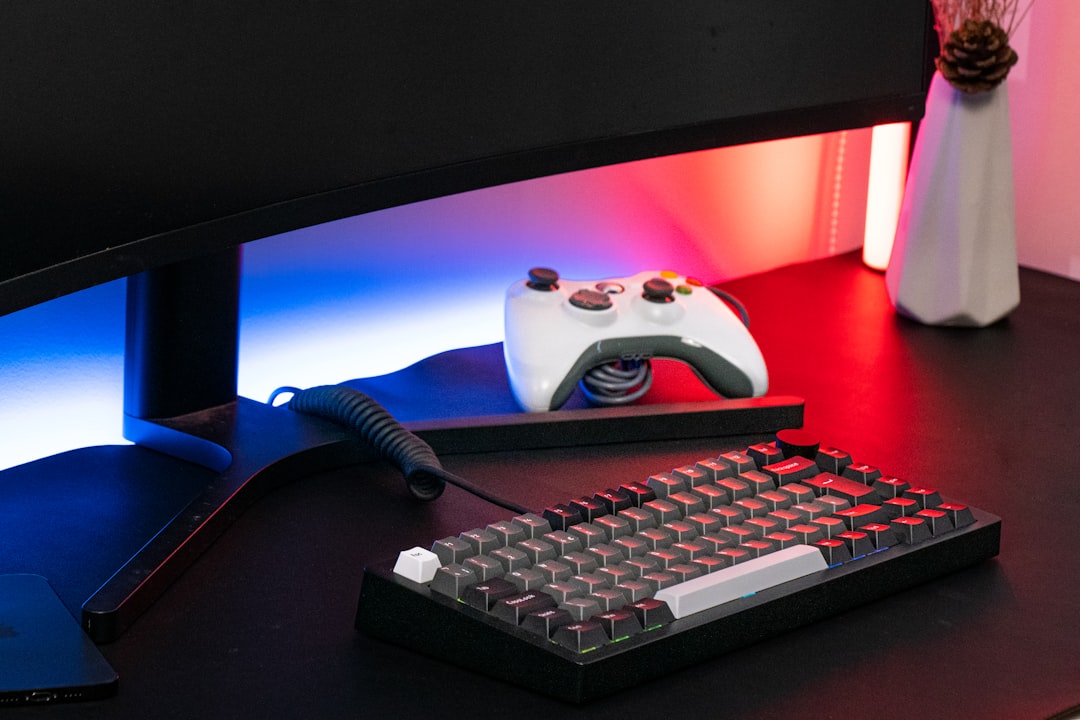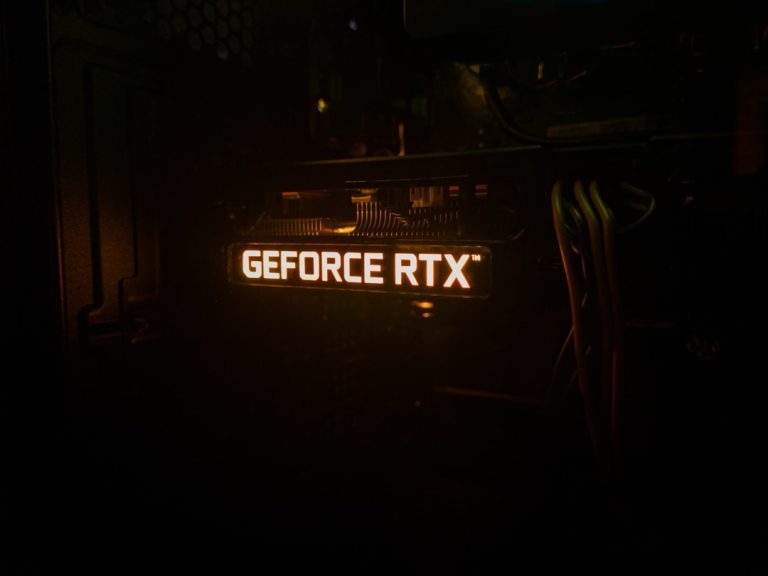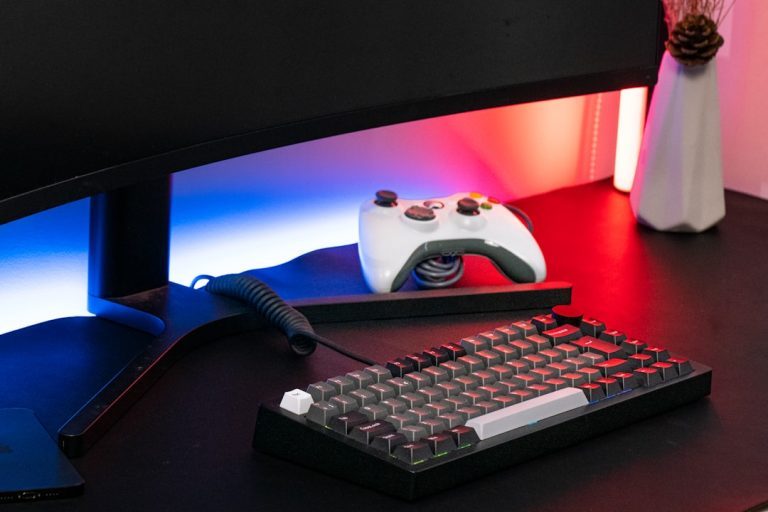When it comes to choosing a powerful yet budget-conscious graphics card in 2024, two names dominate the conversation: the AMD Radeon RX 7800 XT and the NVIDIA GeForce RTX 4070 Super. Both cards cater to the upper mid-range gaming market and promise stellar 1440p and even respectable 4K performance. But when it comes to pricing, features, power efficiency, and future-proofing, how do they truly compare? Let’s dive into a detailed and comprehensive analysis to help you decide which GPU is right for your gaming rig or creative workflow.
Overview of Specifications
Before we explore real-world performance, here’s a quick look at the key specifications of each graphics card:
- RX 7800 XT: Based on AMD’s RDNA 3 architecture, this card features 60 compute units, 16GB of GDDR6 memory, and a memory interface of 256-bit. It is manufactured using TSMC’s 5nm and 6nm process nodes.
- RTX 4070 Super: NVIDIA’s RTX 4070 Super is built on the Ada Lovelace architecture, offers 7168 CUDA cores, 12GB of GDDR6X memory, and a 192-bit memory interface. It utilizes the advanced TSMC 4N process.
On paper, the RX 7800 XT seems to offer more VRAM, which is increasingly important for modern AAA titles and future-proofing. On the other hand, the RTX 4070 Super benefits from a more power-efficient architecture and faster memory bandwidth due to its GDDR6X memory.
Performance Comparison
In terms of raw gaming performance, both GPUs are capable of delivering exceptional experiences at 1440p, with room to spare for 4K in many games. However, differences begin to surface depending on the specific title and optimization strategy of each game engine.
1440p Gaming Benchmarks
- RX 7800 XT: Achieves consistent frame rates above 100 FPS in titles like Cyberpunk 2077, Far Cry 6, and Horizon Zero Dawn (without ray tracing).
- RTX 4070 Super: Edges ahead in games optimized for NVIDIA’s architecture, such as Fortnite, Control, and Call of Duty: Modern Warfare II, especially when utilizing DLSS 3.

Ray Tracing and Upscaling Technologies
This is an area where the RTX 4070 Super gains a noticeable advantage. NVIDIA’s third-generation ray tracing cores and the revolutionary DLSS 3 (Deep Learning Super Sampling) allow for stunning visuals with minimal performance hits.
- RTX 4070 Super: DLSS 3 frame generation can dramatically improve framerates in ray-traced titles while maintaining image fidelity. Games like Cyberpunk 2077 and Portal RTX appear breathtaking with lighting effects that AMD struggles to match.
- RX 7800 XT: Uses the FSR 2 and the recently introduced FSR 3, AMD’s answer to DLSS. While FSR 3 introduces frame generation, it’s not as mature or widespread as DLSS. Moreover, its performance and clarity can vary by game.
In ray-traced scenarios, the RTX 4070 Super excels due to its powerful RT cores and mature AI upscaling technology. AMD is catching up, but DLSS still holds the crown.
Power Efficiency and Thermals
The TSMC 4N node provides NVIDIA with a significant edge in terms of efficiency. The RTX 4070 Super’s power draw is around 220W, compared to the RX 7800 XT, which can consume up to 263W under full load.
- Thermal Performance: The 4070 Super generally runs cooler and quieter under load, thanks to its lower TDP and efficient design.
- Power Supply Requirements: AMD recommends at least a 700W PSU for the RX 7800 XT, whereas NVIDIA recommends a 650W PSU for the RTX 4070 Super, making the latter more accessible for those with limited power headroom.
For compact or prebuilt systems, the RTX 4070 Super may be a better fit due to its efficiency and thermals.
VRAM Matters – Now More Than Ever
Here’s where the RX 7800 XT has a clear advantage — its 16GB VRAM compared to the 4070 Super’s 12GB. With modern games beginning to demand more than 12GB at higher resolutions or ultra textures, this can become a bottleneck in the near future for the RTX card.
Titles like The Last of Us Part I and Resident Evil 4 Remake have already shown VRAM limitations on cards with 12GB, causing stuttering or forcing players to compromise on texture quality. The extra VRAM in the RX 7800 XT provides a safety net that is becoming increasingly relevant.

Content Creation and Productivity
Accelerated rendering and AI workloads are areas where NVIDIA’s ecosystem remains superior.
- RTX 4070 Super: Superior in creative applications like Blender, Adobe Premiere Pro, and DaVinci Resolve due to CUDA support and enhanced AI-based acceleration via NVIDIA Studio drivers.
- RX 7800 XT: Competitive in general compute tasks but often lags in optimized pipelines due to lack of native support for CUDA.
If your primary workload is content creation, the 4070 Super’s proprietary technologies may tip the balance in its favor.
Price and Value
Finally, the most practical factor — the price-to-performance ratio. As of early 2024 markets, here’s where each GPU stands:
- RX 7800 XT: Usually retailing between $500–$530, it offers extraordinary value for the money, especially with 16GB of VRAM on board.
- RTX 4070 Super: Priced higher around $600–$620, though its better ray tracing and DLSS capabilities attempt to justify the premium.
The RX 7800 XT presents a strong price advantage for gamers focused on rasterized performance and larger VRAM capacity, while the RTX 4070 Super is priced for those who want the full NVIDIA suite of features.
Conclusion: Which GPU Should You Choose?
Both GPUs are strong contenders, but your decision should align with your needs and priorities. Here’s a breakdown:
Choose the RX 7800 XT if you:
- Prioritize rasterized performance and value for money
- Need 16GB of VRAM for future-proofing or heavy modding textures
- Are building a cost-effective gaming system at 1440p+
Choose the RTX 4070 Super if you:
- Play many ray-traced games and want smoother performance with DLSS 3
- Use your GPU for AI, machine learning, or creative workloads
- Value efficiency, thermals, and proprietary NVIDIA technologies

Ultimately, both cards push 1440p gaming to its limit with very few compromises. AMD’s RX 7800 XT is a fantastic option for those who want volumetric power without the need for ray tracing wizardry. On the flip side, NVIDIA’s RTX 4070 Super combines performance with future-forward features that make it more than just a gaming card — it’s a platform for creation and innovation.
Whichever path you choose, you’re guaranteed to experience a new level of visual fidelity and gaming immersion in 2024 and beyond.




